overlaid, acid-etched and fire-polished glass, traces of original gilding to the base, bears maker’s marks to shade and base GALLÉ shade 35cm high, base 32cm high, approx. total height 64cm Literature: Charpentier, Françoise-Thérèse Le Théâtre du peuple a eu 100 ans cet été 1995, Arts Nouveaux, Bulletin de l'Association des Amis du Musée de l’Ecole de Nancy, 1996, n° 12, pages 3 - 10 where a line drawing of this lamp is illustrated (see illustration) Note: For Émile Gallé, light was a source of justice, truth, and hope. Gallé was inspired by the symbolism of the lamp at a very young age and later he discovered that light also gives other nuances to glass. The arrival of electricity multiplied the decorative possibilities. At the Exposition Universelle of 1889 he created a large ornamental glasswork lamp in the form of a mosque, ‘an immense night-light as if veiled in black silk’. At the Salon du Champ-de-Mars of 1892, he exhibited a ‘violet-aubergine crystal lamp’ inscribed as Twilight with flowers mingled with amethysts and described by the French poet and essayist Sully-Prudhomme at the time; “A large piece of a sumptuous, clouded blood-red purple with ruby shards. Purpurine and livid vegetation is chiselled in relief. The edges are coloured in an opaque dark red to the opening. The frame is made of an inverted corolla in a sculptured palustrine oak.” Gallé really began his interest in electric lighting from 1899, and it is only after the Exposition Universelle of 1900 that he really began to focus his attention on it. He created numerous models in 1902 and in fact supplied examples to the house of his eldest daughter Therese on the occasion of her marriage. He exhibited several lamps at the Marsan Pavilion at the Exposition de l’Ecole de Nancy in 1903 in Paris, which are very similar to the lamp offered here. Electric lighting created by Gallé is characterised by a very pronounced naturalism: hazelwood sconces, iris night-lights, squash girandoles, umbel or flower cluster pendant lamps, columbine suspension lights etc. They are rare and easy to identify - they cannot be confused with the models created in the factory after his death. The lamp presented here is inspired by the snowdrop (Galanthus nivalis). The lampshade and the feet, blown separately, are made of double- glass, the internal layer milky white and the external layer violet-aubergine. The piece is engraved with vegetable acid. Moreover, the feet are engraved in intaglio with stylised snow crystals and a vertical signature Gallé. This lamp is very rare. There is a less rare version with a wrought iron mount that has appeared at auction several times. The interest in these lamps, which date from 1902-03, rests in the fact that they were created by Émile Gallé himself. The majority of lamps that we more commonly find on the market were actually produced by the Etablissements Gallé, twenty years after Gallé’s death in 1904. Lyon & Turnbull would like to thank François Le Tacon for his work in compiling this note.
overlaid, acid-etched and fire-polished glass, traces of original gilding to the base, bears maker’s marks to shade and base GALLÉ shade 35cm high, base 32cm high, approx. total height 64cm Literature: Charpentier, Françoise-Thérèse Le Théâtre du peuple a eu 100 ans cet été 1995, Arts Nouveaux, Bulletin de l'Association des Amis du Musée de l’Ecole de Nancy, 1996, n° 12, pages 3 - 10 where a line drawing of this lamp is illustrated (see illustration) Note: For Émile Gallé, light was a source of justice, truth, and hope. Gallé was inspired by the symbolism of the lamp at a very young age and later he discovered that light also gives other nuances to glass. The arrival of electricity multiplied the decorative possibilities. At the Exposition Universelle of 1889 he created a large ornamental glasswork lamp in the form of a mosque, ‘an immense night-light as if veiled in black silk’. At the Salon du Champ-de-Mars of 1892, he exhibited a ‘violet-aubergine crystal lamp’ inscribed as Twilight with flowers mingled with amethysts and described by the French poet and essayist Sully-Prudhomme at the time; “A large piece of a sumptuous, clouded blood-red purple with ruby shards. Purpurine and livid vegetation is chiselled in relief. The edges are coloured in an opaque dark red to the opening. The frame is made of an inverted corolla in a sculptured palustrine oak.” Gallé really began his interest in electric lighting from 1899, and it is only after the Exposition Universelle of 1900 that he really began to focus his attention on it. He created numerous models in 1902 and in fact supplied examples to the house of his eldest daughter Therese on the occasion of her marriage. He exhibited several lamps at the Marsan Pavilion at the Exposition de l’Ecole de Nancy in 1903 in Paris, which are very similar to the lamp offered here. Electric lighting created by Gallé is characterised by a very pronounced naturalism: hazelwood sconces, iris night-lights, squash girandoles, umbel or flower cluster pendant lamps, columbine suspension lights etc. They are rare and easy to identify - they cannot be confused with the models created in the factory after his death. The lamp presented here is inspired by the snowdrop (Galanthus nivalis). The lampshade and the feet, blown separately, are made of double- glass, the internal layer milky white and the external layer violet-aubergine. The piece is engraved with vegetable acid. Moreover, the feet are engraved in intaglio with stylised snow crystals and a vertical signature Gallé. This lamp is very rare. There is a less rare version with a wrought iron mount that has appeared at auction several times. The interest in these lamps, which date from 1902-03, rests in the fact that they were created by Émile Gallé himself. The majority of lamps that we more commonly find on the market were actually produced by the Etablissements Gallé, twenty years after Gallé’s death in 1904. Lyon & Turnbull would like to thank François Le Tacon for his work in compiling this note.

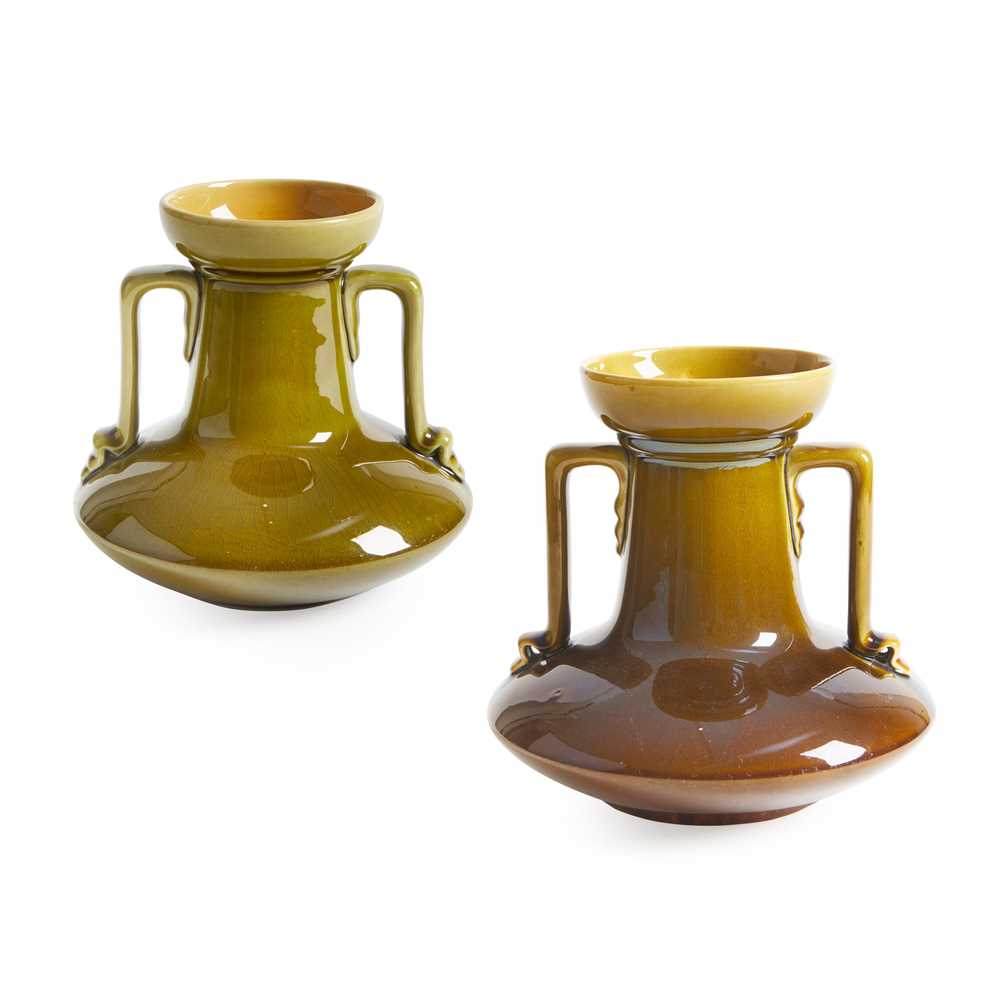

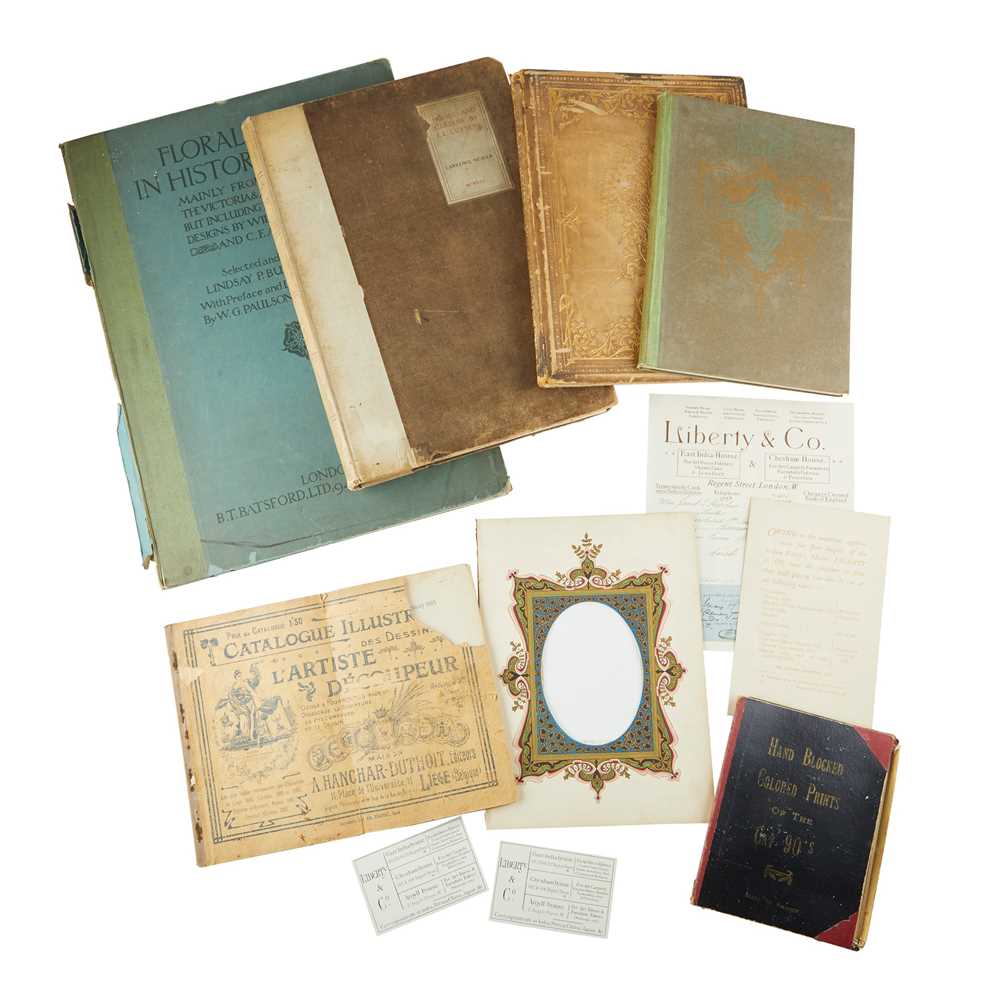


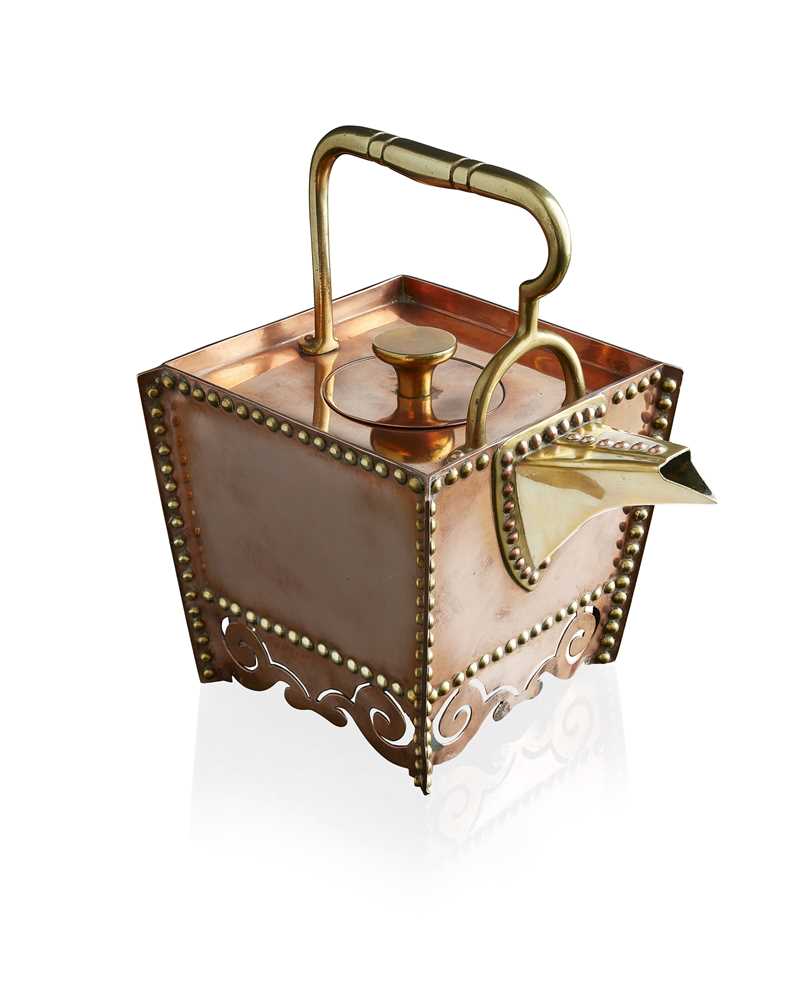

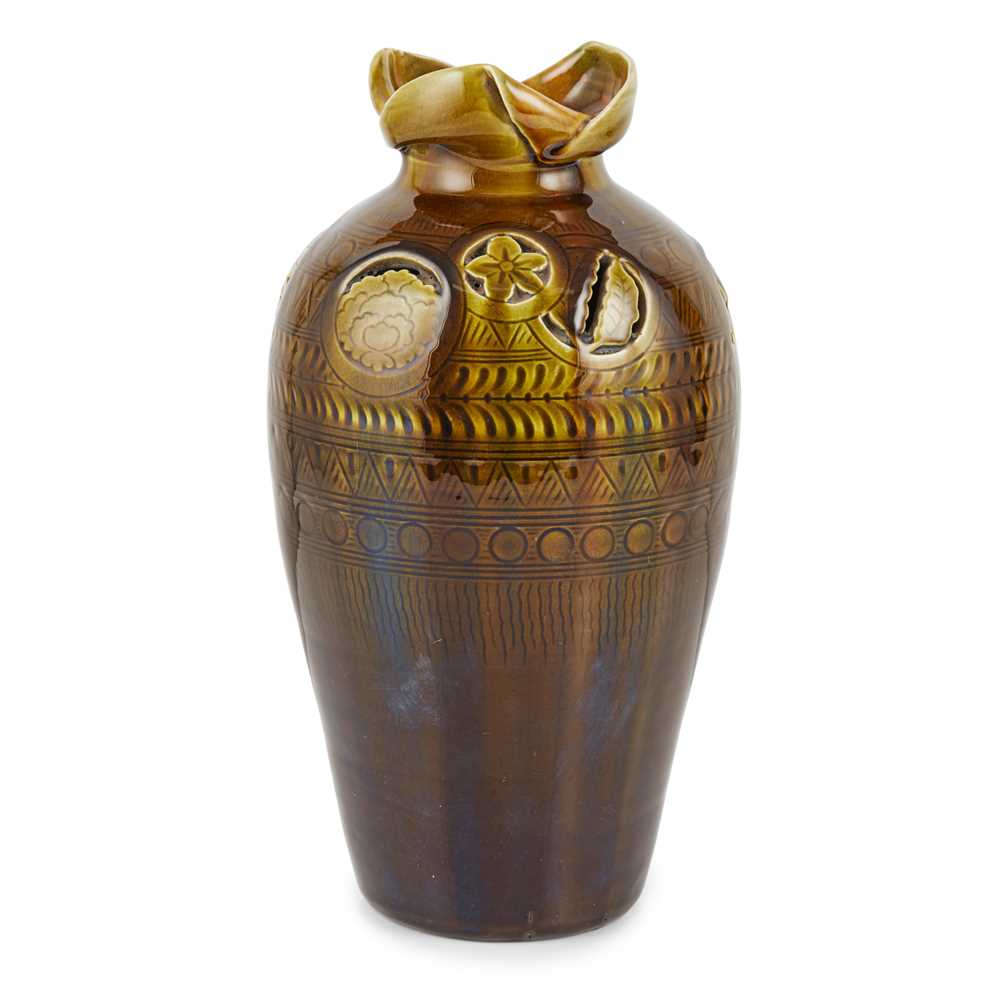



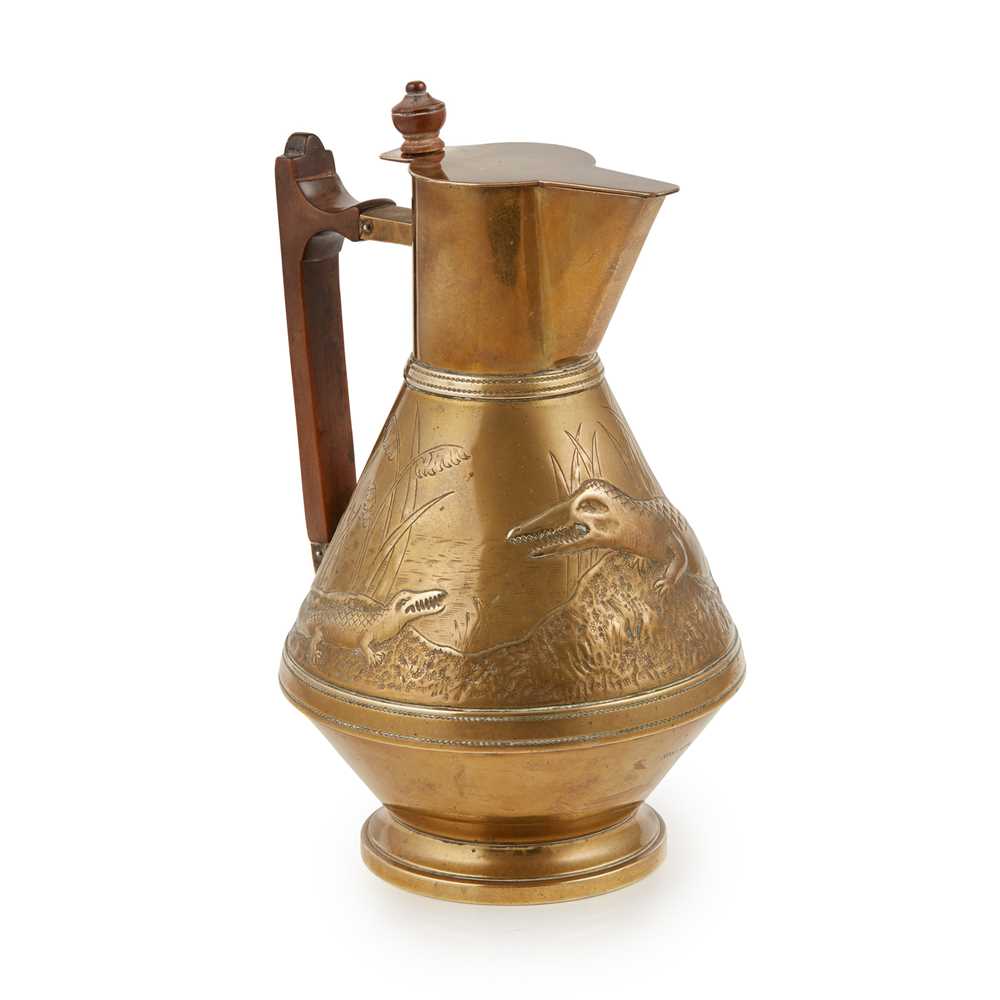


Testen Sie LotSearch und seine Premium-Features 7 Tage - ohne Kosten!
Lassen Sie sich automatisch über neue Objekte in kommenden Auktionen benachrichtigen.
Suchauftrag anlegen